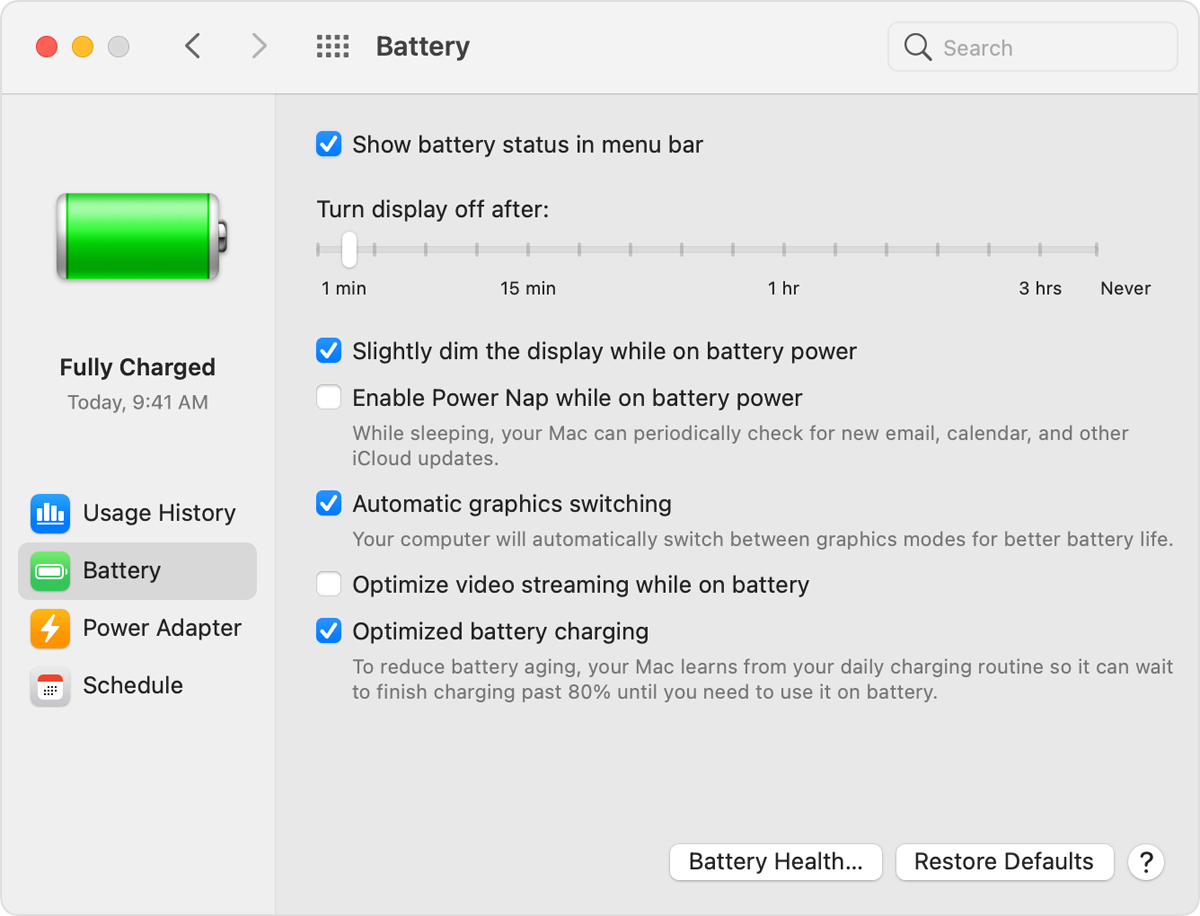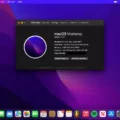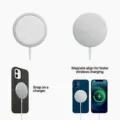Automatic Graphics Switching is a feature available on some models of Mac computers. It alows the computer to switch between its two Graphics Processing Units (GPUs) depending on which one is needed for the task at hand. This can maximize the graphic performance of your machine and prolong battery life, but it does come with some drawbacks.
When Automatic Graphics Switching is enabled, your Mac will switch between its GPUs depending on which one is needed. The integrated GPU is usually used for simple tasks such as web browsing or word processing, whle the higher powered discrete GPU is used for more intensive tasks such as gaming or video editing. This helps to ensure that your Mac’s resources are being used efficiently and that you are getting the best performance out of your machine.
However, Automatic Graphics Switching can also cause some issues. For example, if an application only works with the integrated GPU, then it may not work properly when Automatic Graphics Switching is enabled. Similarly, if an application only works with the discrete GPU, then it may not work properly when Automatic Graphics Switching is disabled. In addition, some users have experienced longer boot times when Automatic Graphics Switching is enabled due to the extra time it takes for the Mac to switch betwen GPUs.
Fortunately, if you experience any issues with Automatic Graphics Switching then you can simply disable it from within System Preferences > Energy Saver section on your Mac computer. It’s important to note that this feature isn’t avilable on all models of Mac computers since not all machines have dual GPUs.
Overall, Automatic Graphics Switching can be a useful tool for those who need maximum performance from their machines and want to extend their battery life as much as possible. However, there are cases where it may caue problems or require disabling if certain applications don’t function properly with it enabled.

Turning Off Automatic Graphics Switching on a MacBook
To turn off automatic graphics switching on your MacBook, open the System Preferences and select the Energy Saver section. In this section, deselect the Automatic Graphics Switching option. This will ensure that your laptop always uses the same dedicated graphics processor insead of automatically switching between an integrated or discrete GPU depending on power supply and energy settings.
Lack of Automatic Graphics Switching on Macs
Your Mac may not include the automatic graphics switching feature because it may not possess two Graphics Processing Units (GPUs). All MacBook Pros with two GPUs have this feature, so if your Mac only has one GPU, then it won’t be able to take advantage of this capability. Additionally, some Mac models don’t support dual GPUs at all, so for thoe systems the automatic graphics switching feature won’t be available.
The Benefits of Automatic GPU Switching
Automatic GPU switching is a feature available on computers with multiple graphics controllers. This feature enables users to optimize ther computing experience by allowing them to switch between the integrated graphics processor and the dedicated graphics processor, according to their needs.
When the dedicated GPU is active, users can enjoy higher performance levels, such as faster frame rates in gaming or smoother playback of high-resolution video content. On the other hand, when the integrated GPU is active, users can benefit from longer battery life since it consumes less power than the dedicated GPU.
The switching process is managed automatically by the operating system and it takes place in response to certain triggers that are specific to each computer’s individual configuration. For example, some systems may use automatic GPU switching when a user launches a game or editing software that requires more powerful graphics capabilities. Other systems may switch GPUs whenever they detect an increase in CPU load or an application usig 3D acceleration.
Overall, automatic GPU switching offers a great way for users to save battery life without compromising on performance when needed. It also helps reduce stress on the system by avoiding unnecessary power consumption and overheating caused by activating both GPUs at once.
Preventing GPU Switching
To stop your GPU from switching, you will need to disable the Automatic Graphics Switching feature. To do this, open the System Preferences menu from the Apple menu, then select the Energy Saver option. From there, uncheck the box next to “Automatic graphics switching” in order to force your MacBook Pro to always use the higher powered discrete graphics card instead of the integrated GPU. After making this change, you may need to restart your computer for it to take effect.
Disabling Dynamic Switchable Graphics
In order to disable dynamic switchable graphics, you will need to access the system BIOS. Depending on your specific computer make and model, the BIOS may be accessible by pressing a designated key (such as F2, Delete, or Esc) during startup. Once you are in the BIOS menu, you should look for an option that says “Switchable Graphics” or somehing similar. If this option is available, you can select it and choose whether you want to enable or disable the feature. Please note that if the option is not present in the BIOS, then there is no way to disable Switchable Graphics.
If you are unsure how to access your computer’s BIOS or what options are available, please refer to your computer’s manual for further instructions. Additionally, if you’re havng any trouble disabling Switchable Graphics after accessing the BIOS menu, we recommend contacting customer support from your manufacturer for further assistance.
Enabling GPU Acceleration on Mac
To enable GPU acceleration on Mac, open Safari and click Settings. From there, click Advanced on the top rigt of the Settings window and make sure Use hardware acceleration is enabled. This will allow your Mac to use its integrated graphics processor (GPU) for certain tasks, improving performance in certain applications such as Safari.
Controlling Which GPU Is Used
To control which GPU is being used, you can adjust the settings in your Graphics Settings. To do this, start by opening the Start menu and typing “Graphics Settings” in the search bar. Then click on “Graphics Settings” from the results found in System Settings. Next, click on Desktop App and select the application you would like to adjust. Once identified, click Options and set the application to use your preferred GPU. Finally, don’t forget to save your changes!
Switching the GPU in Use
To switch which GPU is being used, you will need to open the NVIDIA Control Panel. From there, you can navigate to the 3D Settings > Manage 3D Settings tab. Here you can select your desired program from the dropdown menu and then select the preferred graphics processor for this program from the second dropdown menu. Once you have made your selection, be sure to save your changes before exiting.
Conclusion
In conclusion, Automatic Graphics Switching is a great feature for MacBook Pros with dual GPUs, as it allows the user to maximize graphic performance or prolong battery life by switching between the two. It can be disabled with a few simple steps in the Energy Saver section of System Preferences. However, this feature is only available on certain models of MacBook Pro and is not available on all Macs due to the lack of dual GPUs. Disabling Automatic Graphics Switching will force the MacBook Pro to use the higher powered discrete graphics card instead of its integrated GPU.








